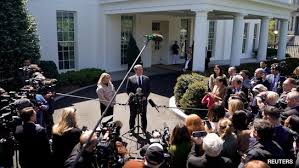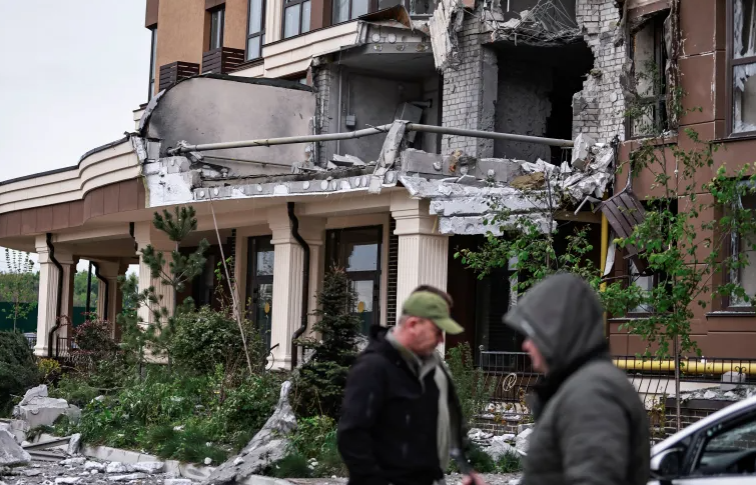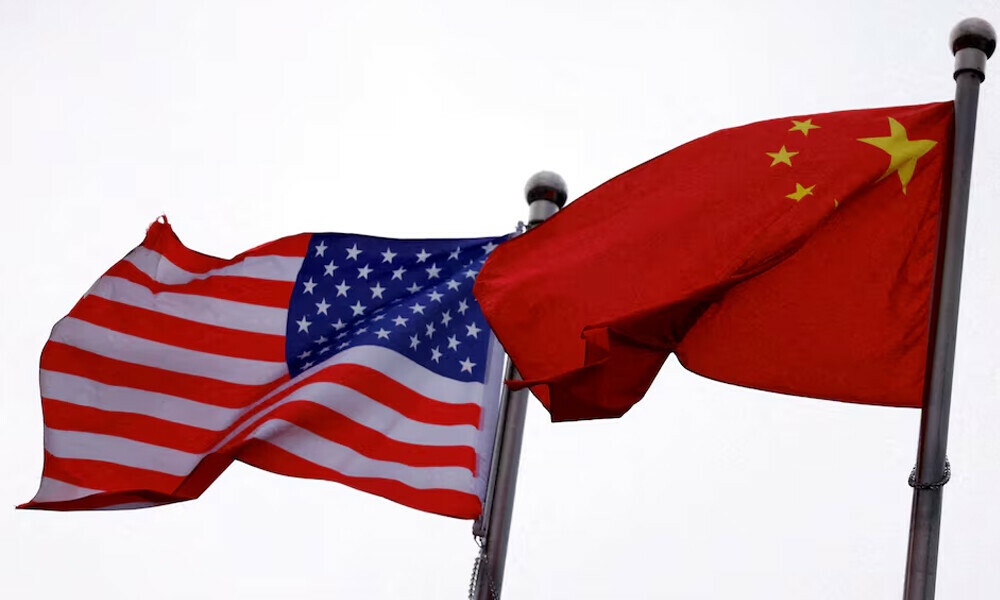WORLD NEWS

President Donald Trump’s administration has launched an ambitious plan to negotiate 90 trade deals in 90 days, but the hurdles to reaching this goal are quickly becoming apparent. With European Union trade chief Maros Sefcovic visiting Washington for urgent talks about tariffs, and key negotiators like Treasury Secretary Scott Bessent focusing on other matters, doubts are surfacing about the administration’s ability to manage such a massive undertaking.
Sefcovic will be among the first foreign trade officials in Washington after Trump announced steep tariffs on April 2, marking the beginning of the high-stakes negotiations. However, Bessent, who is central to these negotiations, will be in Buenos Aires supporting Argentina’s economic reforms, highlighting concerns about how effectively the U.S. team can juggle multiple negotiations simultaneously.
Wendy Cutler, former U.S. Trade Representative chief negotiator, expressed skepticism about the administration's capacity to achieve comprehensive agreements within the 90-day window. “Teeing up these decisions is going to take some serious negotiations,” she said, emphasizing the difficulty of securing thorough agreements in such a short time.
White House trade adviser Peter Navarro has countered these concerns, arguing that the team is capable of closing deals. “We can run 90 deals in 90 days,” Navarro said, stressing that President Trump himself would be the final decision-maker in all negotiations.
Trump started the 90-day countdown this week, temporarily pausing tariff hikes to allow countries to negotiate bilateral agreements. The decision was made in response to fears of a U.S. recession and inflation, which sent markets into turmoil. This pause provides an opportunity for foreign leaders to discuss trade deals, but also raises pressure on the administration to deliver quick results.
The administration’s difficulties are compounded by growing tensions with China, which has imposed countertariffs in response to new U.S. tariffs. This escalating trade war has only added to the uncertainty surrounding the 90-day negotiations. Some experts predict that the Trump team may need to extend the pause for certain countries in order to focus on priority negotiations.
Even small-scale deals, such as the revised U.S.-South Korea trade agreement, took months to finalize. The larger U.S.-Mexico-Canada trade agreement took over two years. As a result, experts question whether the ambitious 90-deal target is achievable, especially considering the lack of key personnel and the administration’s stretched resources.
Despite these challenges, U.S. Trade Representative Jamieson Greer has expressed optimism, stating that the Trump team can negotiate deals quickly if they are in the U.S.'s best interest. However, logistical issues, such as unfilled positions and conflicting trade policies among Trump’s top advisers, threaten to slow down progress.
The push for 90 deals in 90 days comes amid broader uncertainty about the U.S.’s trade policy, with many foreign governments unsure of the country’s stance. Several countries, including Britain and Australia, have discussed trade agreements with the U.S. since Trump’s inauguration, but progress has been slow.
As negotiations unfold, the Trump administration faces significant challenges in trying to reach its trade deal target and restore confidence in the global market.




